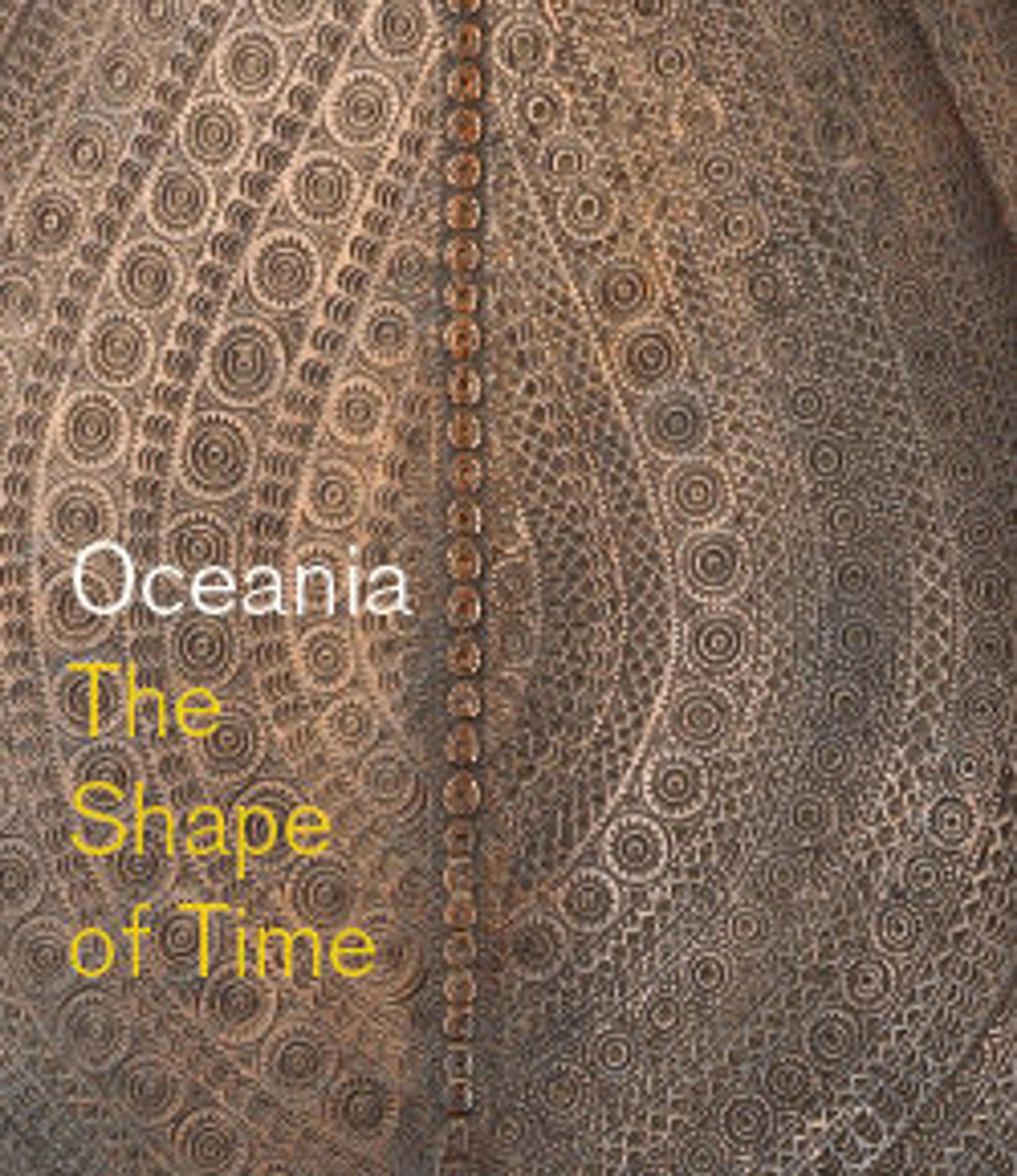Canoe Prow
Crocodiles play a central role in the art and culture of the Iatmul people. According to one Iatmul creation account, an ancestral crocodile was responsible for forming the land. In the beginning, the earth was covered by a primordial ocean, into whose depths the crocodile dived. Reaching the bottom, it brought up on its back a load of mud, which became an island when it surfaced. From that island, the land grew and hardened, but it continues to rest on the back of the ancestral crocodile, which occasionally moves, causing earthquakes. Both now and in the past, the prows of most sizeable canoes are carved, as here, in the form of a crocodile. The scale of the present work indicates that it probably adorned a large war canoe, capable of holding from fifteen to twentyfive men. These large canoes, hollowed from a single massive log, were also used for trading and fishing expeditions. Although canoes are no longer used in warfare, contemporary Iatmul carvers continue to make large examples for use in trade and general transportation.
Artwork Details
- Title:Canoe Prow
- Date:19th–early 20th century
- Geography:Papua New Guinea, Mindimbit village, Middle Sepik River
- Culture:Iatmul people
- Medium:Wood, cowrie shells
- Dimensions:H. 7 1/2 in. × W. 15 in. × L. 71 1/2 in. (19.1 × 38.1 × 181.6 cm)
Other: 13 1/2 in. × 6 in. (34.3 × 15.2 cm) - Classification:Wood-Sculpture
- Credit Line:The Michael C. Rockefeller Memorial Collection, Purchase, Nelson A. Rockefeller Gift, 1955
- Object Number:1978.412.705
- Curatorial Department: The Michael C. Rockefeller Wing
More Artwork
Research Resources
The Met provides unparalleled resources for research and welcomes an international community of students and scholars. The Met's Open Access API is where creators and researchers can connect to the The Met collection. Open Access data and public domain images are available for unrestricted commercial and noncommercial use without permission or fee.
To request images under copyright and other restrictions, please use this Image Request form.
Feedback
We continue to research and examine historical and cultural context for objects in The Met collection. If you have comments or questions about this object record, please contact us using the form below. The Museum looks forward to receiving your comments.
